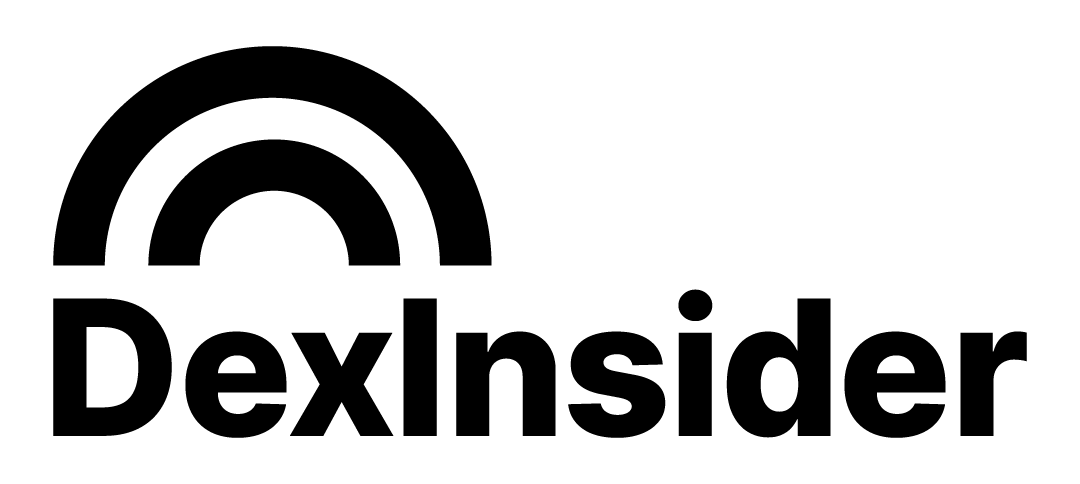Ethereum’s Vitalik Buterin Suggests Changes To Layer-2, Posing Challenges For Projects

Vitalik Buterin, the co-founder of Ethereum (CRYPTO: ETH), has suggested reverting some functionalities from layer-2 networks back to the Ethereum main chain. This might cause disruption amongst significant layer-2 projects.
What Happened: CoinDesk reported that Buterin, previously a supporter of transferring more computational load to layer-2 networks, is now considering reversing some of those changes. His “enshrined zkEVM” concept could significantly impact layer-2 projects like Polygon, Matter Labs, and Scroll, which have heavily invested in the previous direction. These networks, with billions of dollars in user deposits, are already operational, with project leaders actively recruiting developers.
The proposed “zkEVM,” a blend of “zero knowledge” cryptography and “EVM” (Ethereum Virtual Machine), could be disruptive. Rollup networks from Polygon, Matter Labs, and Scroll have already incorporated some version of a zkEVM into their systems.
See Also: ‘Dogecoin Killer’ Shiba Inu Supply Shrinks On Exchanges, New Poll Shows Trump Narrowly Leading Biden
Buterin, in a blog post on the Ethereum Foundation’s website, clarified that Ethereum’s “light clients” will become more powerful, using zero-knowledge cryptography to fully verify transactions executed on the layer-1 chain. The question arises, “Why not make that zkEVM natively available for rollups too?”
However, Buterin reassured that layer-2 networks would continue to play an important role. He mentioned, “The EVM verification functionality, which layer-2 teams currently implement by themselves, would be handled by the protocol, but layer 2 projects would still be responsible for many important functions.”
Why It Matters: This proposal comes after Buterin’s previous statements expressing concerns about the potential risks of superintelligent AI. He highlighted that a rogue AI could pose a threat to humanity’s survival, even beyond Earth.
While his latest proposal does not directly address AI, it underscores his ongoing commitment to improving the Ethereum network’s security and efficiency, possibly as a way to mitigate such risks.
Photo by Alexey Smyshlyaev on Shutterstock.
Disclaimer: This content was partially produced with the help of Benzinga Neuro and was reviewed and published by Benzinga editors.




